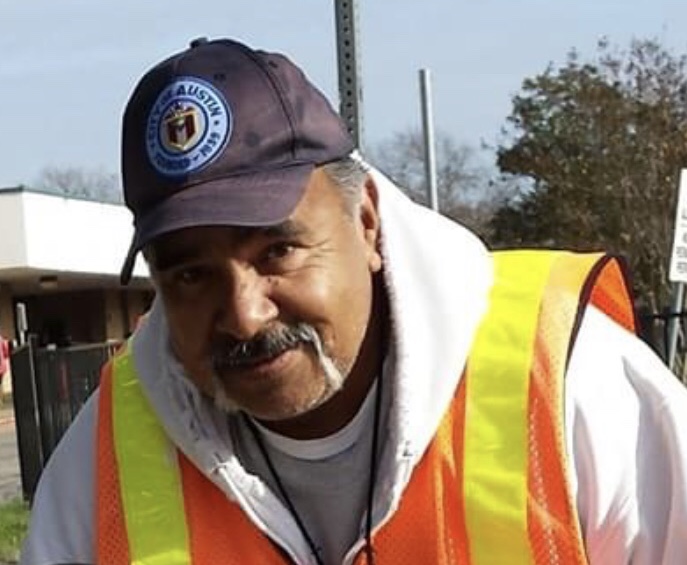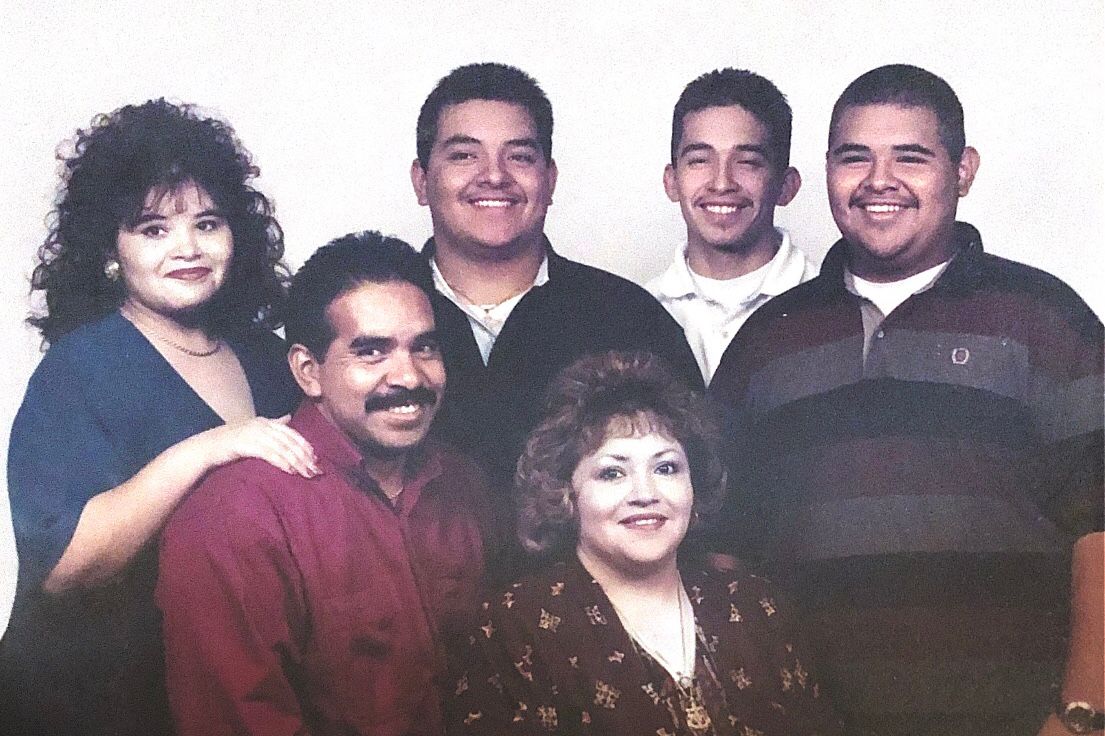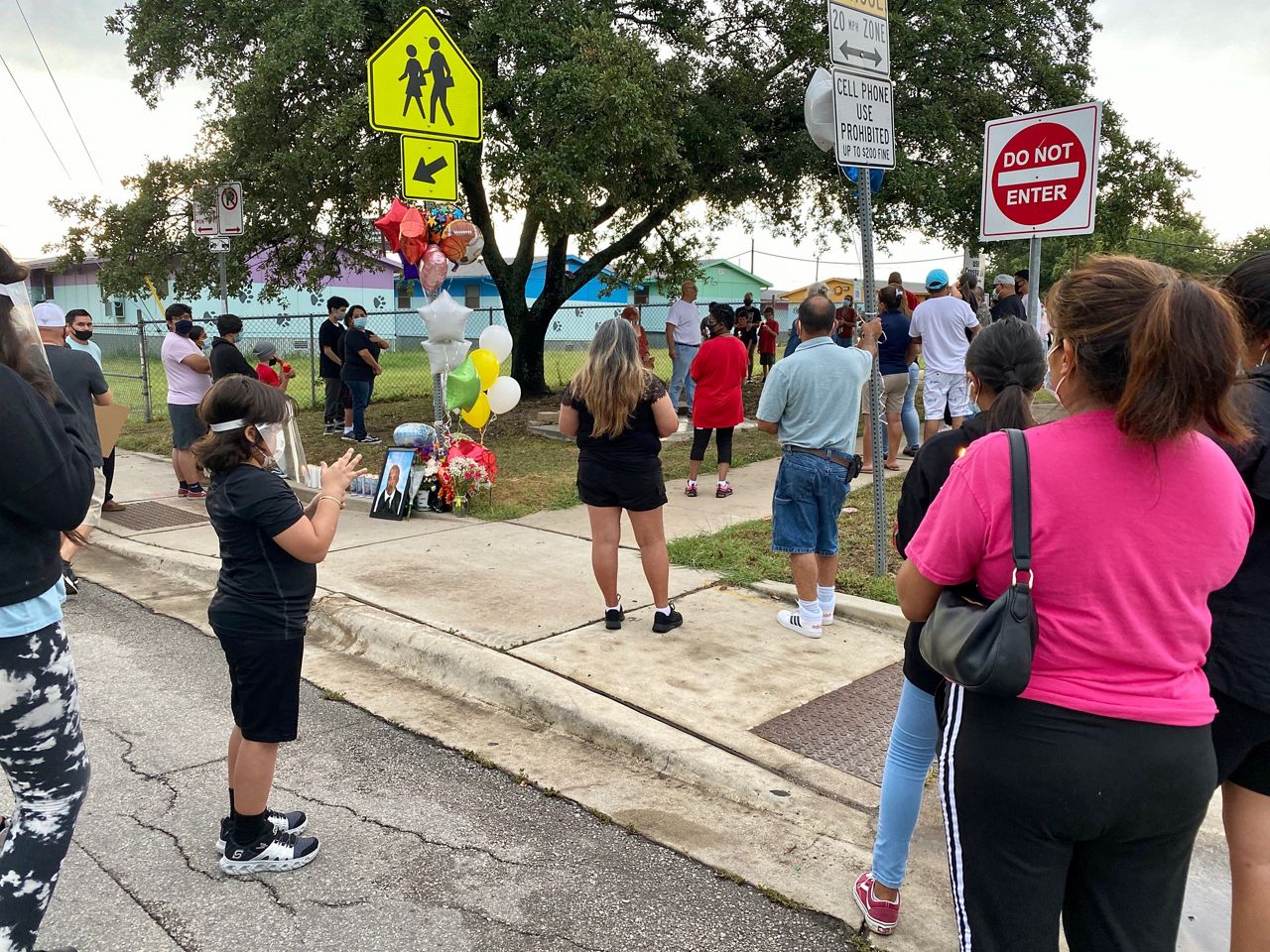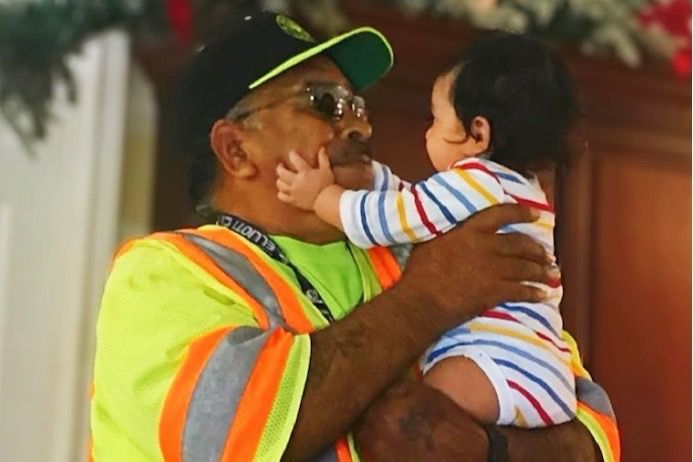AUSTIN, Texas — Texas' count of coronavirus deaths jumped this week, after state health officials changed their method of reporting.
The data is further confirming COVID-19 is deadlier for Black and Hispanic Texans. Before this week, there were large gaps in the state's racial and ethnic breakdowns of deaths, and health experts said the disparities are not unique to the new coronavirus. One Texas family is still coming to grips with the loss of their loved one due to the virus.
During the school year, you would see Robert Mata at the crosswalk outside of Barrington Elementary in North Austin. His family said the loving father and crossing guard never missed a day, in all of 17 years.

“He was loved by many and most definitely by his family and he was always waving to everybody that came by. People would pass by the house and they’d wave to him. We would want him to be remembered as that happy,” his daughter Christina Bocanegra said.
That happiness made others smile. Neighbors noticed how Mata, who lives in the neighborhood, always walked to school and got to the crosswalk 30 minutes before he needed to and stayed 30 minutes after he could leave.

“It was Christmas every time I saw him because he was just so happy. He’d come and take a little burden off me with a smile and his happiness and joy, and he'd give me a little bit of that joy," friend and Barrington Elementary School teacher Ray Lopez-Mata said.
Mata's dedication to his job was also not lost on the young Texans he proudly served. Student Dulio Doroteo lives across the street from the school.
“He made me feel really happy about myself and my brothers, because he always helped us cross the street every single day,” the 11-year-old said.

Mata was diagnosed with the coronavirus in June and was in the hospital for more than a month. The 66-year old Army veteran died last week. His daughter said he survived a brain aneurysm several years before.
"We just thought that he would survive this," Bocanegra said.
In Texas, Hispanics make up about 40 percent of the state’s population, but more than 49 percent of COVID-19 related deaths across the state — the most compared to other races. Experts said this virus has shined a bright light on disparities that have long existed.

"Latinos and African Americans tend to be over represented among people who have pre-existing chronic conditions, that places their immunity system that is compromised. So they're more likely also to get it," Dr. Rogelio Saenz, professor of demography at the University of Texas at San Antonio, said.
Black Texans are also disproportionately affected by the virus. Data from the state health department shows the Black community is the reason behind nearly 14 percent of COVID-19 deaths but makes up only 12 percent of the population.
Meanwhile, white and Asian Texans died at much lower rates compared to communities of color.
A Houston state lawmaker has been calling on the governor to establish an emergency task force to focus on how the virus is affecting the state's Black community.
“If we know that there are hot spots in underserved communities, then we can direct more testing in those areas,” said Rep. Shawn Thierry, D-Houston. “There's so much more we can do to stop community spread.”
Rep. Thierry has bipartisan support for the task force but so far, the governor has not established it. The Texas Health and Human Services Commission has said it planned to study COVID-19’s impact on the state’s vulnerable population. The commission said it expects to prepare a preliminary report in the fall.
But Rep. Thierry says there are steps that need to be taken now like improving data reporting. She also plans to file legislation next session that would require implicit bias training for medical professionals.
“If you know you're treating someone in a high risk group and they're more likely to die from coronavirus, we have to be able to give those patients additional information, proper notice and there should be a different treatment protocol,” she said.
Research has also found higher-paid employees are more likely to have the option to work from home and that Black and Hispanic employees are less likely to be able to work remotely.
“They are so interested in just bringing food to the table and getting the rent, making sure they have you know, a roof over their head, the clothing,” Lopez-Mata said

For Mata's big family he leaves behind, they will always remember his devotion to working hard and helping people. And it will not be forgotten among his Austin community.
“He was pretty much the rock that kept us together," Bocanegra said.
There is a GoFundMe campaign to help Mata's family cover hospitalization costs.



